

Estuaries connect land and sea. They are partly enclosed bodies of water situated at the edge of the land – a mixture of freshwater from streams and rivers and saltwater from the sea. Estuaries ...
READ MORE

Introduced wasps cause all sort of problems for people and native species, but did you know we have native wasps in New Zealand? Rights: Manaaki Whenua – Landcare Research, CC-BY 4.0 Certonotus ...
READ MORE

The New Zealand pea crab (Nepinnotheres novaezelandiae) is a parasite that spends its adult life within a mussel shell. However, the larval stages of its life cycle take place in the open ocean ...
READ MORE
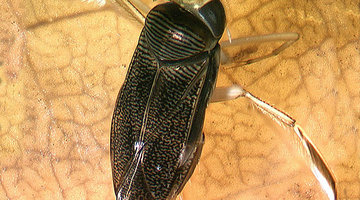
In this activity, students collect and observe macroinvertebrates from a local freshwater stream. By the end of this activity, students should be able to: recognise that invertebrates are part of ...
READ MORE
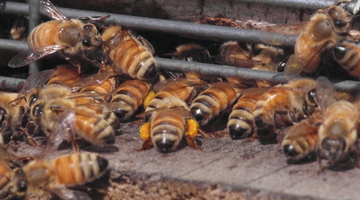
In this activity, students make small finger puppets and take on the roles of insects, birds and the wind to simulate various methods of pollination. By the end of this activity, students should ...
READ MORE
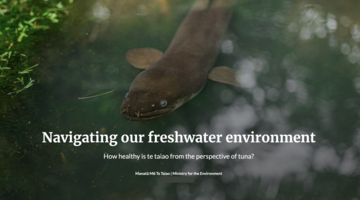
Navigating our freshwater environment is an interactive storymap that explores the state of rivers, lakes and wetlands – in a novel and engaging way. The storymap considers what’s going on from ...
READ MORE
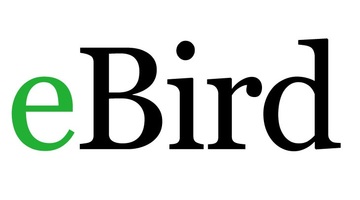
This comprehensive worldwide online citizen science (OCS) project collates bird species, numbers, locations and times of sightings into a large database. You can create a class as a user and, by ...
READ MORE
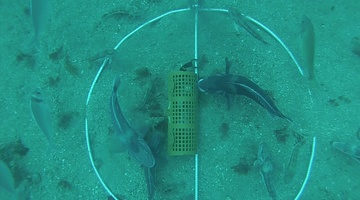
Come and visit Aotearoa New Zealand’s underwater world in this online citizen science project. Discover, count and identify unique fish species that live within our marine reserves ...
READ MORE
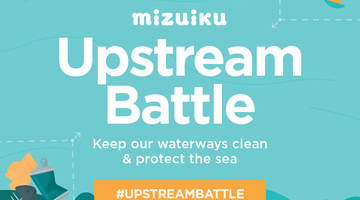
Did you know that 80% of marine litter globally starts life on land? Mizuiku Upstream Battle is a citizen science programme run by Keep New Zealand Beautiful. It aims to get volunteers across ...
READ MORE
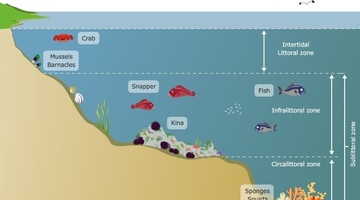
The rocky shore is a popular topic in primary school science. Below are some Science Learning Hub resources for primary teachers related to the rocky shore in the Living World strand of the New ...
READ MORE
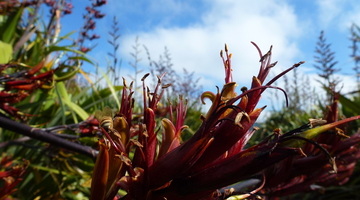
In ecological terms, wetlands are ecotones – transitional habitats between terrestrial and aquatic ecosystems. They provide a mixture of habitats and are capable of supporting a diverse range of ...
READ MORE

In this webinar, join Greta Dromgool as she introduces Tom Saunders and Chrissie Painting – two of Aotearoa New Zealand’s amazing entomologists. Delve into the fascinating world of insects and ...
READ MORE
NIWA scientist, Andrew Swales describes what estuaries are, how New Zealand estuaries have changed over time and why they now need to be monitored.
READ MORE
Dr Phil Battley, from Massey University, describes what godwits have and do to be able to make the long flight.
READ MORE
Male and female New Zealand pea crabs differ in their size, shape and colour. In this video, Oliver Trottier (Leigh Marine Laboratory) uses live crabs to demonstrate the key differences, and ...
READ MORE
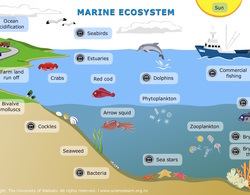
Explore this interactive diagram to learn more about life in the sea. Click on the different labels to view short video clips or images about different parts of the marine ecosystem. Select here ...
READ MORE
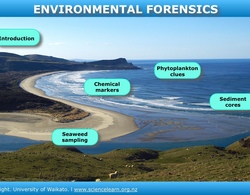
Dr Candida Savage explains the clues she collects in estuaries and fiords, to understand how changes in land use affect these environments. Click on the labels to watch the videos for more ...
READ MORE
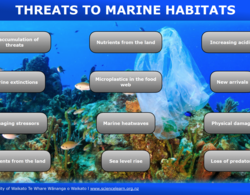
Human actions at sea and on land are putting increasing pressure on the ocean and the species that live there.
READ MORE